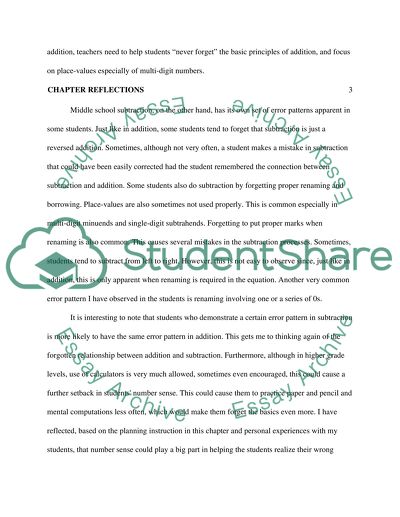Cite this document
(“Error Patterns in Computation. Whole Numbers: Addition and Subtraction Book Report/Review”, n.d.)
Retrieved de https://studentshare.org/education/1433783-chapter-reflection-of-error-patterns
Retrieved de https://studentshare.org/education/1433783-chapter-reflection-of-error-patterns
(Error Patterns in Computation. Whole Numbers: Addition and Subtraction Book Report/Review)
https://studentshare.org/education/1433783-chapter-reflection-of-error-patterns.
https://studentshare.org/education/1433783-chapter-reflection-of-error-patterns.
“Error Patterns in Computation. Whole Numbers: Addition and Subtraction Book Report/Review”, n.d. https://studentshare.org/education/1433783-chapter-reflection-of-error-patterns.


